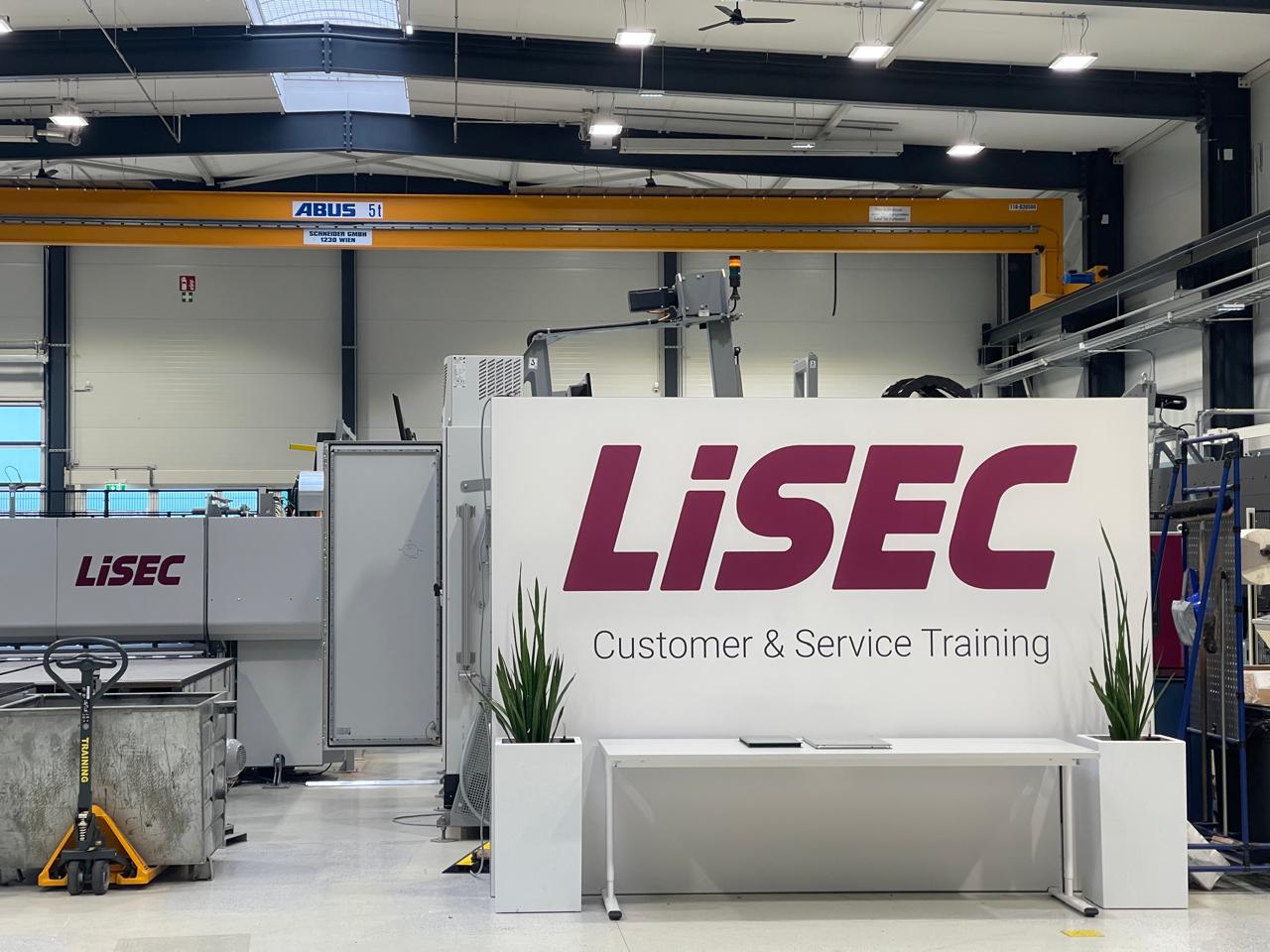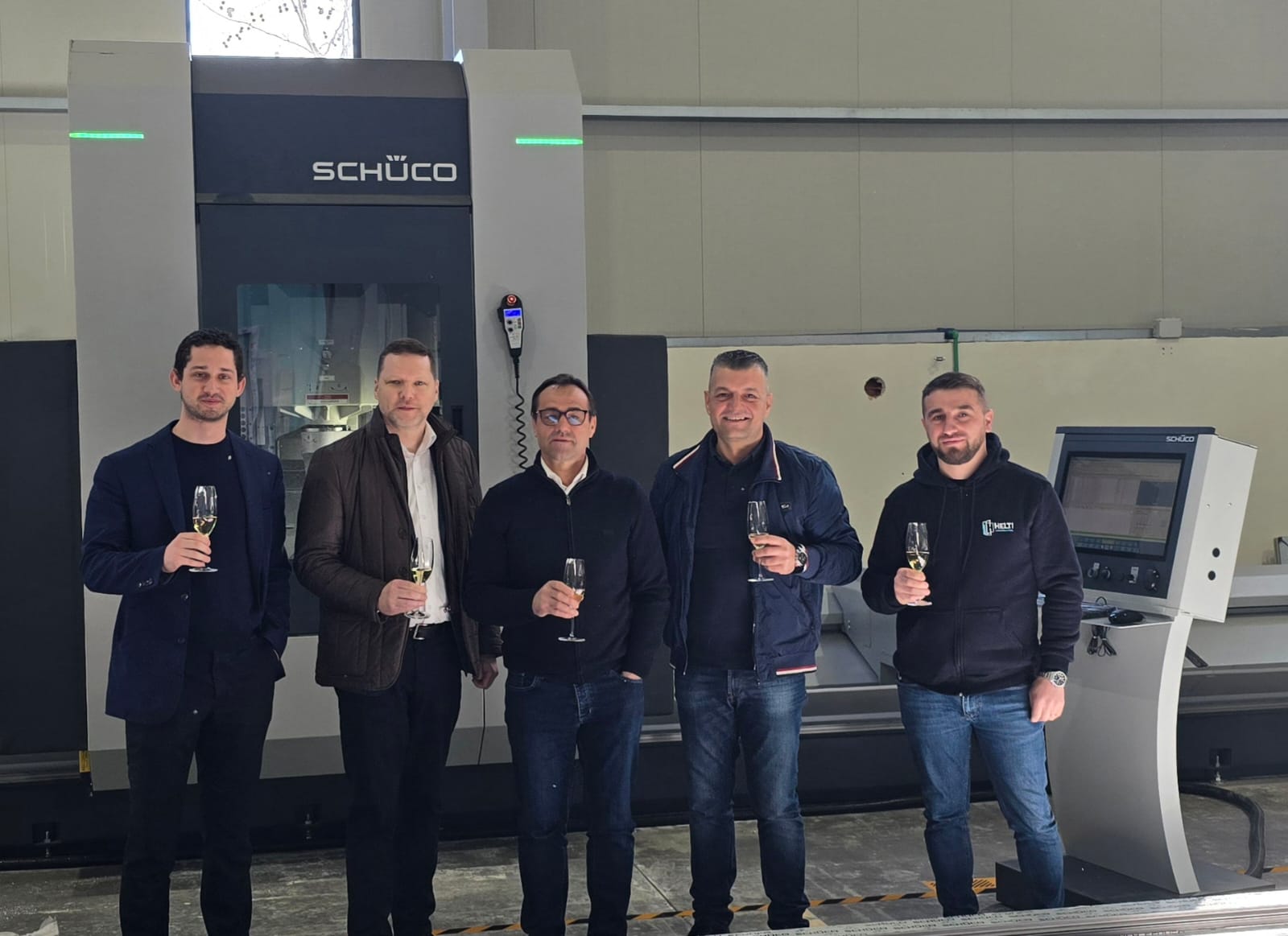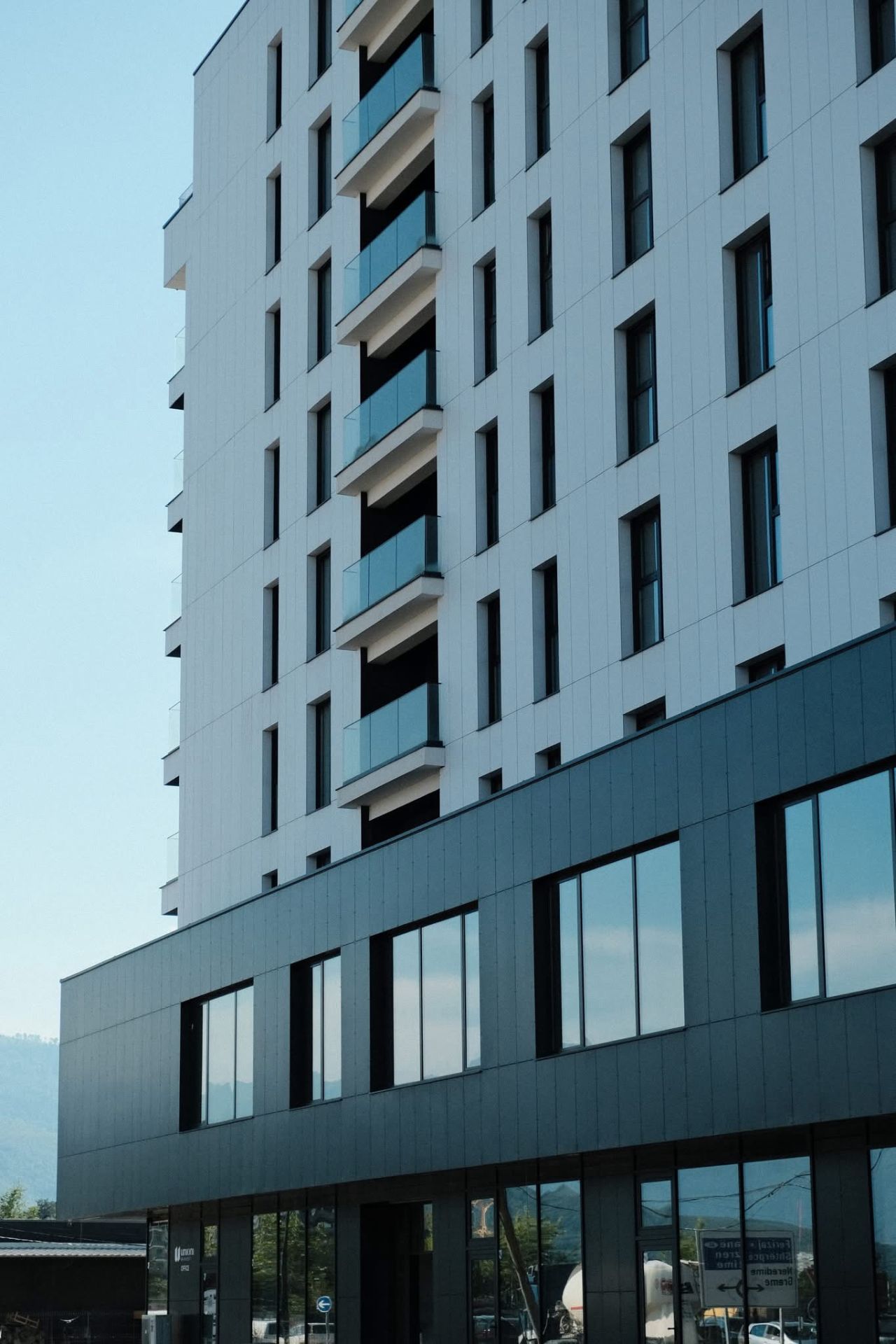In a significant step towards a more sustainable construction industry, Saint-Gobain Glass Germany has announced a strategic partnership with Schüco.
This collaboration is specifically designed to systematically integrate used glass from existing buildings back into the recycling cycle, effectively combining the material streams of both companies for a more efficient and impactful process.
The importance of glass recycling in achieving sustainable construction goals cannot be overstated. The reuse of used glass, or cullet, offers a multitude of benefits. Primarily, it serves to conserve valuable raw materials such as sand, soda, and lime, resources that are essential for primary glass production. Furthermore, utilizing recycled glass significantly reduces energy consumption in the manufacturing process. Melting recycled glass requires considerably less energy compared to melting primary raw materials, leading to a substantial reduction in CO₂ emissions – a crucial factor in mitigating climate change.
This initiative underscores a broader commitment to circularity that extends beyond individual components. As Andreas Engelhardt, Managing Partner of Schüco, highlights, their approach to material recovery is comprehensive. “We take back every element, whether made of aluminum or plastic, to return the materials to the recycling cycle,” he explains. “This isn’t limited to the profiles, but also includes the glass. We are pleased to have found an experienced partner in Saint-Gobain Glass to actively contribute to the circular economy.” This holistic perspective is vital for building truly sustainable systems within the construction sector.
For Saint-Gobain Glass, increasing the use of recycled flat glass is a key pillar of their strategy to reduce CO₂ emissions. Their commitment to a closed-loop economy is evident in their entire process, from the recovery and recycling of used glass to the production of lower-emission products like their Oraé glass. This partnership strengthens that commitment by providing a dedicated avenue for the recovery of glass from existing building stock.
Raimund Heinl, CEO of Saint-Gobain Germany and Austria, emphasizes the transformative potential of this collaboration. “The partnership with Schüco will give our sustainability concept a further boost. The expertise of Saint-Gobain Glass and Schüco is ideally combined,” he states. “Through this partnership, Saint-Gobain Glass can increase the proportion of recycled glass in its glass production, thus bringing it a step closer to its goal of CO₂-neutral glass production.”
This partnership between Saint-Gobain Glass Germany and Schüco represents a tangible step forward in advancing the circular economy within the construction industry. By systematically integrating used glass into the recycling loop and leveraging their combined expertise, both companies are not only conserving resources and reducing energy consumption but also paving the way for a more sustainable and environmentally responsible future for building materials.
Source: Schüco with additional information added by GlassBalkan







